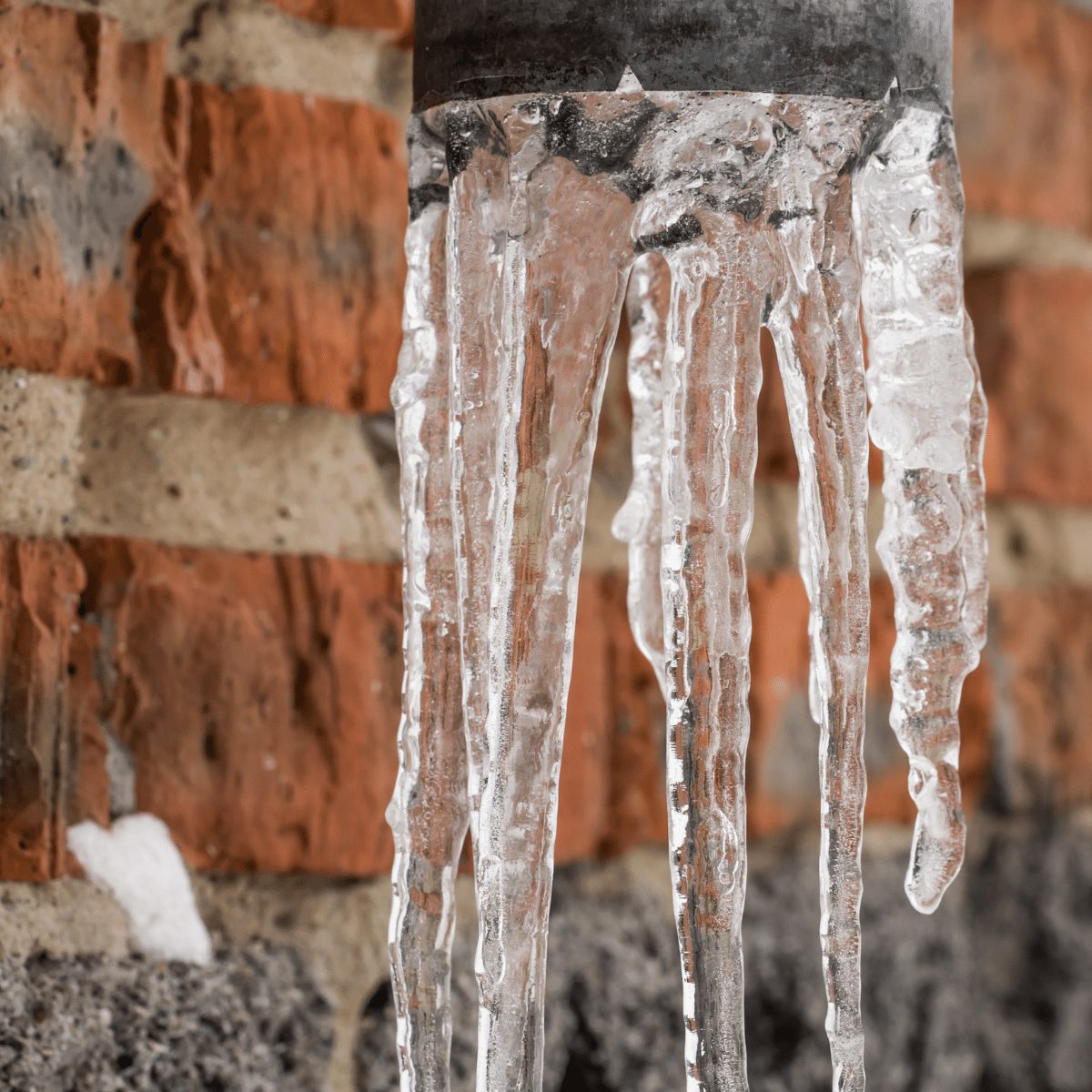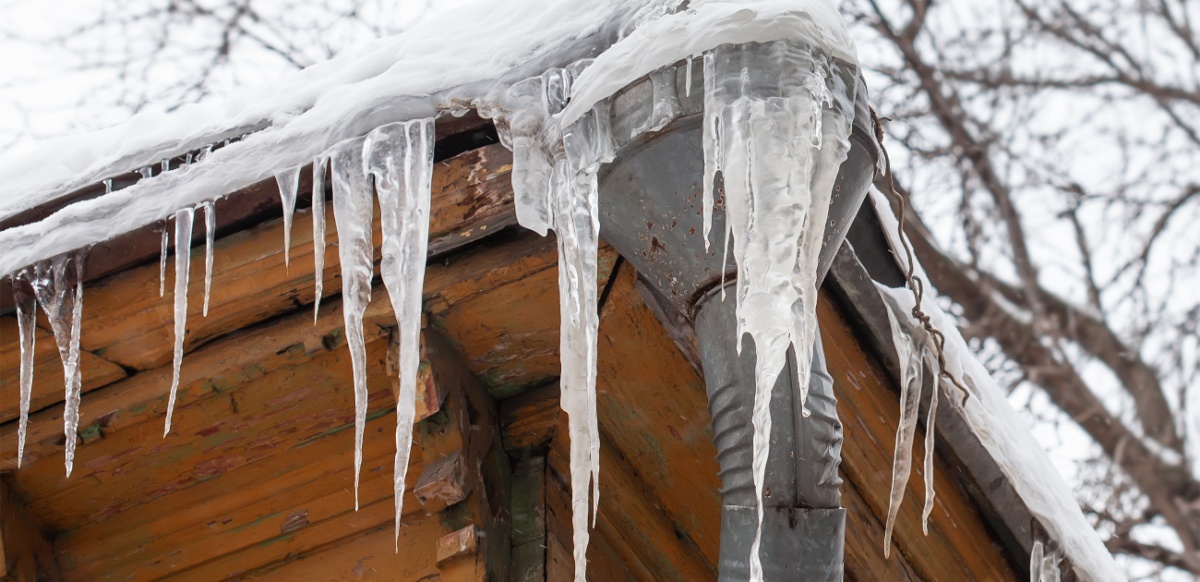Ways to Maintain Pipes from Freezing Damage: Important Guidance
Ways to Maintain Pipes from Freezing Damage: Important Guidance
Blog Article
How do you really feel with regards to Preventing and dealing with frozen pipes?

Cold weather can ruin your pipes, specifically by freezing pipelines. Right here's exactly how to avoid it from taking place and what to do if it does.
Intro
As temperature levels decrease, the risk of icy pipelines boosts, potentially bring about expensive repair work and water damage. Comprehending how to stop frozen pipelines is vital for property owners in cold environments.
Prevention Tips
Protecting vulnerable pipes
Cover pipes in insulation sleeves or utilize heat tape to secure them from freezing temperature levels. Focus on pipelines in unheated or exterior areas of the home.
Home heating techniques
Maintain interior areas adequately heated up, specifically locations with pipes. Open cupboard doors to enable cozy air to flow around pipes under sinks.
How to determine frozen pipes
Try to find reduced water circulation from taps, unusual odors or noises from pipes, and visible frost on exposed pipelines.
Long-Term Solutions
Architectural changes
Take into consideration rerouting pipelines away from exterior walls or unheated locations. Include added insulation to attics, cellars, and crawl spaces.
Updating insulation
Purchase high-quality insulation for pipes, attic rooms, and walls. Proper insulation assists preserve regular temperatures and lowers the risk of frozen pipelines.
Shielding Outdoor Pipes
Garden tubes and exterior faucets
Disconnect and drain garden hoses prior to winter season. Mount frost-proof faucets or cover exterior faucets with insulated caps.
Understanding Frozen Pipelines
What triggers pipes to ice up?
Pipelines ice up when exposed to temperatures listed below 32 ° F (0 ° C) for extended durations. As water inside the pipes freezes, it increases, putting pressure on the pipeline walls and possibly triggering them to break.
Threats and damages
Frozen pipelines can bring about water disruptions, residential or commercial property damage, and costly fixings. Burst pipelines can flooding homes and cause extensive architectural damage.
Signs of Frozen Pipes
Recognizing icy pipes early can prevent them from bursting.
What to Do If Your Pipes Freeze
Immediate actions to take
If you think frozen pipes, keep taps open up to relieve stress as the ice thaws. Make use of a hairdryer or towels taken in warm water to thaw pipes gradually.
Final thought
Preventing frozen pipelines needs positive actions and fast responses. By recognizing the reasons, signs, and safety nets, homeowners can secure their pipes during cold weather.
5 Ways to Prevent Frozen Pipes
Drain Outdoor Faucets and Disconnect Hoses
First, close the shut-off valve that controls the flow of water in the pipe to your outdoor faucet. Then, head outside to disconnect and drain your hose and open the outdoor faucet to allow the water to completely drain out of the line. Turn off the faucet when done. Finally, head back to the shut-off valve and drain the remaining water inside the pipe into a bucket or container. Additionally, if you have a home irrigation system, you should consider hiring an expert to clear the system of water each year.
Insulate Pipes
One of the best and most cost-effective methods for preventing frozen water pipes is to wrap your pipes with insulation. This is especially important for areas in your home that aren’t exposed to heat, such as an attic. We suggest using foam sleeves, which can typically be found at your local hardware store.
Keep Heat Running at 65
Your pipes are located inside your walls, and the temperature there is much colder than the rest of the house. To prevent your pipes from freezing, The Insurance Information Institute suggests that you keep your home heated to at least 65 degrees, even when traveling. You may want to invest in smart devices that can keep an eye on the temperature in your home while you’re away.
Leave Water Dripping
Moving water — even a small trickle — can prevent ice from forming inside your pipes. When freezing temps are imminent, start a drip of water from all faucets that serve exposed pipes. Leaving a few faucets running will also help relieve pressure inside the pipes and help prevent a rupture if the water inside freezes.
Open Cupboard Doors
Warm your kitchen and bathroom pipes by opening cupboards and vanities. You should also leave your interior doors ajar to help warm air circulate evenly throughout your home.

We had been guided to that editorial about Winter Plumbing Precautions: Preventing Frozen Pipes from a friend on another blog. Are you aware of somebody who is looking into the topic? Please feel free to promote it. We thank you for reading our article about How To Avoid Freezing Pipes.
Click For More Info Report this page